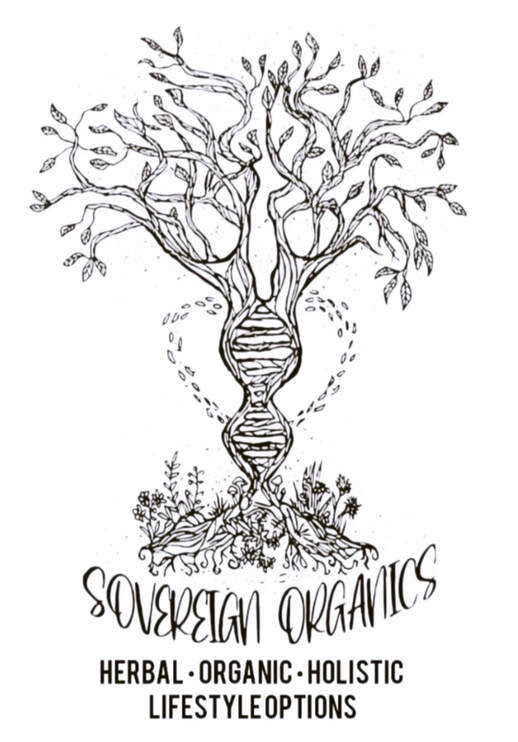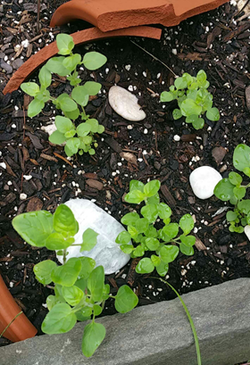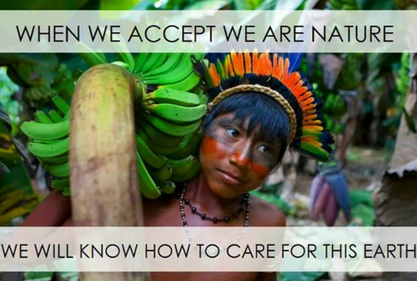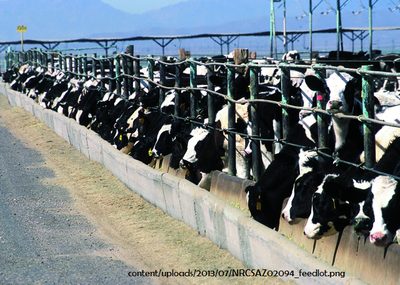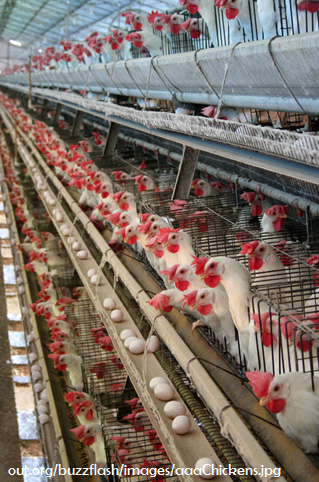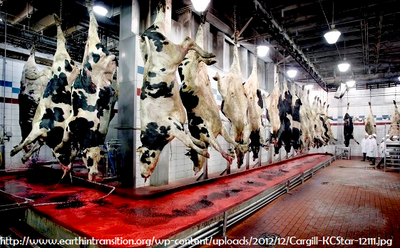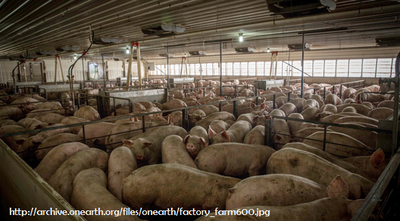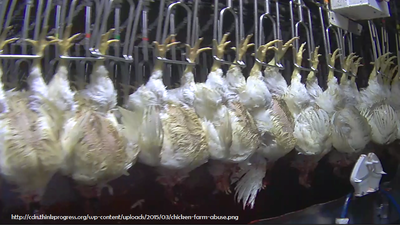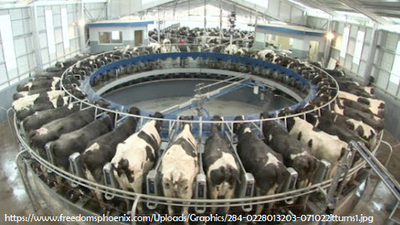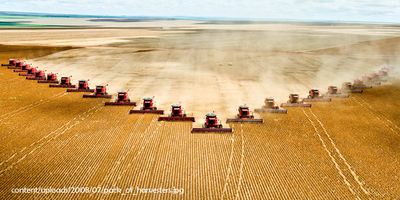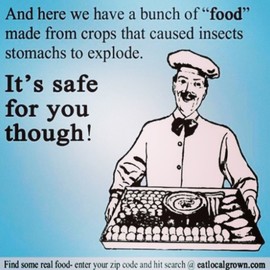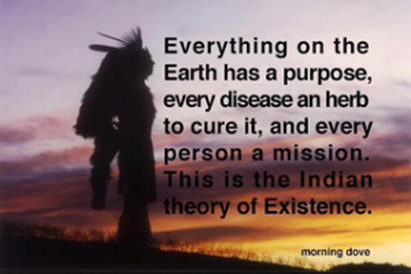antiseptic • antimicrobial • astringent • anti-inflammatory • antioxidant rich • anti-mucus • anti-cancer • anti-fungal
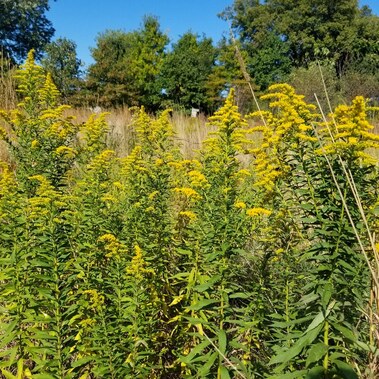
This plant ally, currently known as goldenrod, has been revered and used as medicine and food since ancient times. The latin name is 'solidago', meaning “to make whole or heal”.
Goldenrod is high in vitamins and minerals. As a nourishing food, goldenrod is drank as a tea/infusion or cooked [sauteed or used in baking and stews].
As medicine, Goldenrod supplies many powerful, beneficial plant compounds, including flavonoid antioxidants [quercetin, kaempferol, astragalin and rutoside], anthocyanidins, triterpenes, saponins, glycosides, lactones, phenolic acids and a small amount of essential oil.
Saponins are plant compounds linked to many health benefits➡️ effective in inhibiting the growth of harmful bacteria and yeast like Candida albicans. Saponins have also been shown to possess anticancer and anti-inflammatory effects.
The flavonoid antioxidants, quercetin and kaempferol, in goldenrod help protect our cells from damage caused by unstable molecules called free radicals. [1]
The rate of the oxidation of our stem-cells/telomers, via free radical damage, is a factor in how quickly we age, and a major factor in our overall health ➡️ ANTI-OXIDANTS protect our cells from oxidation, and the antioxidant activity of goldenrod is more than that of green tea!
Goldenrod is high in vitamins and minerals. As a nourishing food, goldenrod is drank as a tea/infusion or cooked [sauteed or used in baking and stews].
As medicine, Goldenrod supplies many powerful, beneficial plant compounds, including flavonoid antioxidants [quercetin, kaempferol, astragalin and rutoside], anthocyanidins, triterpenes, saponins, glycosides, lactones, phenolic acids and a small amount of essential oil.
Saponins are plant compounds linked to many health benefits➡️ effective in inhibiting the growth of harmful bacteria and yeast like Candida albicans. Saponins have also been shown to possess anticancer and anti-inflammatory effects.
The flavonoid antioxidants, quercetin and kaempferol, in goldenrod help protect our cells from damage caused by unstable molecules called free radicals. [1]
The rate of the oxidation of our stem-cells/telomers, via free radical damage, is a factor in how quickly we age, and a major factor in our overall health ➡️ ANTI-OXIDANTS protect our cells from oxidation, and the antioxidant activity of goldenrod is more than that of green tea!
"Telomeres are naturally shortened as we age by cell replication, but telomeres can also be shortened by stress, smoking, obesity, lack of exercise and a poor diet"
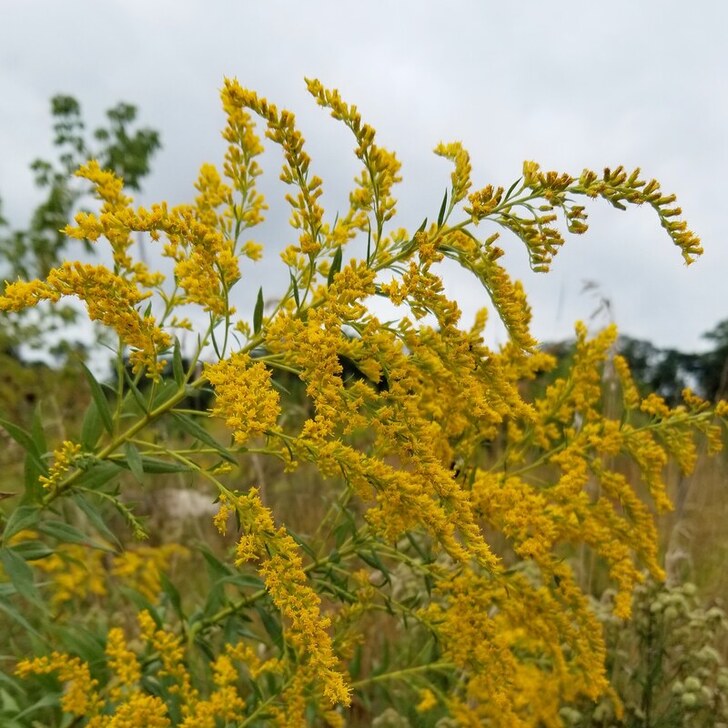
goldenrod is most often used as a treatment for skin ailments, improving urinary health and other anti-inflammatory effects🌱
Goldenrod is used to reduce pain and swelling [inflammation], as a diuretic to increase urine flow, and to stop muscle spasms. It is also used for gout, joint pain/arthritis [rheumatism], as well as eczema and all skin conditions, diabetes, enlargement of the liver, hemorrhoids, internal bleeding, hay fever, asthma + enlarged prostate.
It is also used to treat tuberculosis infections that have become active again after a period of inactivity [2]
Goldenrod as "irrigation therapy"➡️ a procedure that involves taking goldenrod with lots of fluids to increase urine flow in an effort to treat inflammatory diseases of the lower urinary tract, as well as stones in the kidney/urinary tract [3]
Used as a mouth rinse 👅 for inflammation of the mouth and throat
Applied directly to the skin 🤚🏽 as a poultice, oil infusion and/or salve to improve wound healing, eczema, skin health, arthritis pain
Edible parts of goldenrod 🍽 high in vitamins and minerals, all aerial parts of the plant can be eaten.
Flowers + leaves (fresh/dried) used to make salads, in baking, in herbal drinks [infusions]. Greens [leaves] can be cooked like spinach or added to soups, stews or casseroles. goldenrod can also be blanched + frozen for later usage in cooking.
